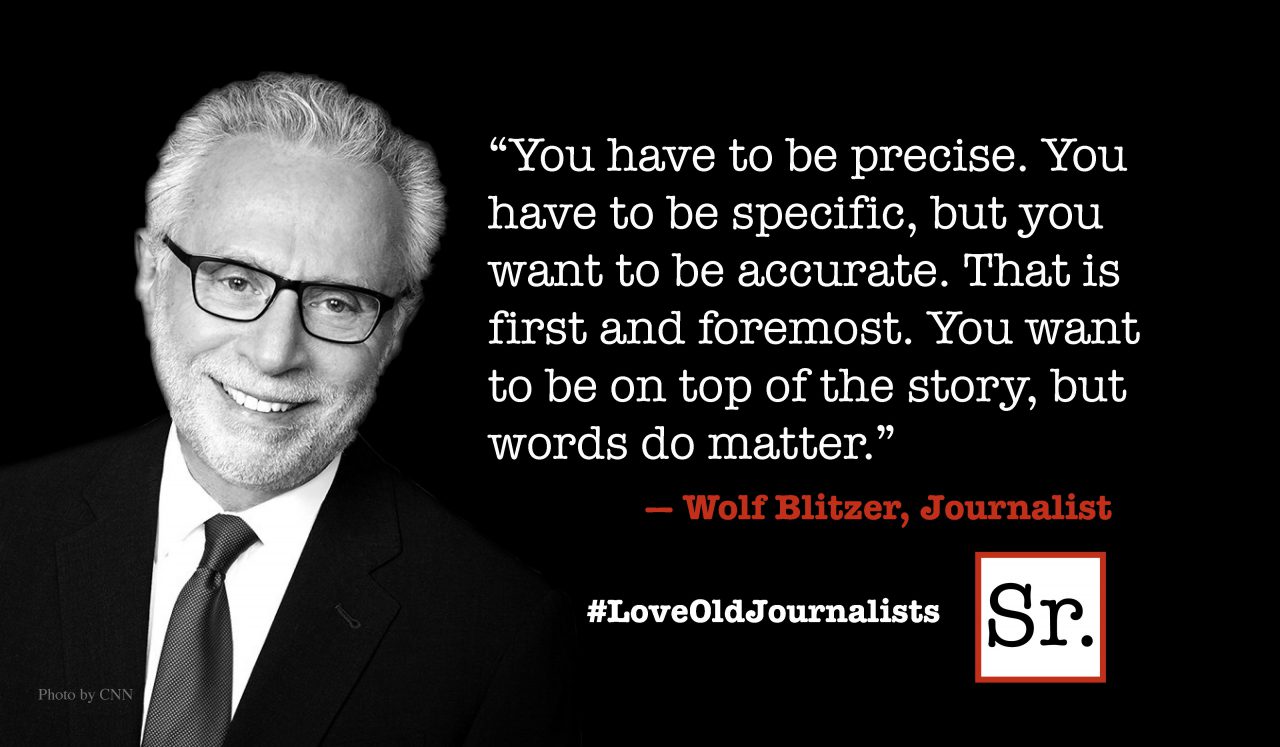Q. My son and his male partner are going to adopt a child. I fear that my grandchild will suffer from the experience of having two fathers and no mother. Are my worries justified?
There have been many studies demonstrating that gay parents (both male and female) are as likely as heterosexual parents to raise well-adjusted children. In addition, children of gay parents have shown no greater incidence of homosexuality.
However, children with homosexual parents often face social pressures; most of these children are able to overcome the problems associated with being in an unconventional family.
Let’s define terms. A person attracted to another person of the same sex has a homosexual orientation. Both homosexual men and women can be called gay. Female homosexuals may be called lesbians. To simplify explanations, I’ll use gay when referring to both sexes.
Gay parents are becoming more common. An estimated 65,500 adopted children are living with a gay parent in the United States. However, there are between 8 and 10 million children in the U.S. being raised by a gay parent.
The questioner’s concern stems from the common anxiety about people who are different. Information about sexual orientation might relieve this uneasiness.
The official position of all of the major professional mental-health organizations is that homosexuality is not a mental disorder. The American Psychiatric Association removed homosexuality from its diagnostic manual more than 30 years ago.
For many years, it was thought that homosexuality had psychological roots. Today, there is a lot of evidence suggesting biological causes. Many of the psychological theories have been discredited. And, so far, there are no replicated scientific studies supporting any biological cause for homosexuality.
The most plausible statement I found—based upon current evidence—was that there are probably many reasons for sexual orientation and those reasons vary from person to person.
Sexual orientation is an emotional or sexual attraction to another person. Sexual orientation is different from sexual behavior because it refers to feelings and self-concept. People may not express their sexual orientation.
Sexual orientation emerges for most people in their early teens prior to sexual experience. It is usually said to range from homosexuality to heterosexuality with different forms of bisexuality in between. However, orientation is a rainbow with colors that blend into each other, not a box of assorted chocolates.
Asexuality, the state of having no sexual attraction for either sex, has been studied sparingly. There is a Canadian study that estimates there is one asexual for every 100 people.
Some believe that homosexuality is a “lifestyle choice” and that it can be reversed through “conversion therapy.” However, there is no published scientific evidence supporting the effectiveness of therapy to change sexual orientation.








